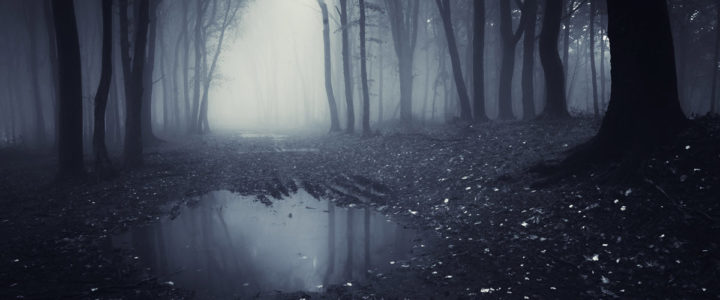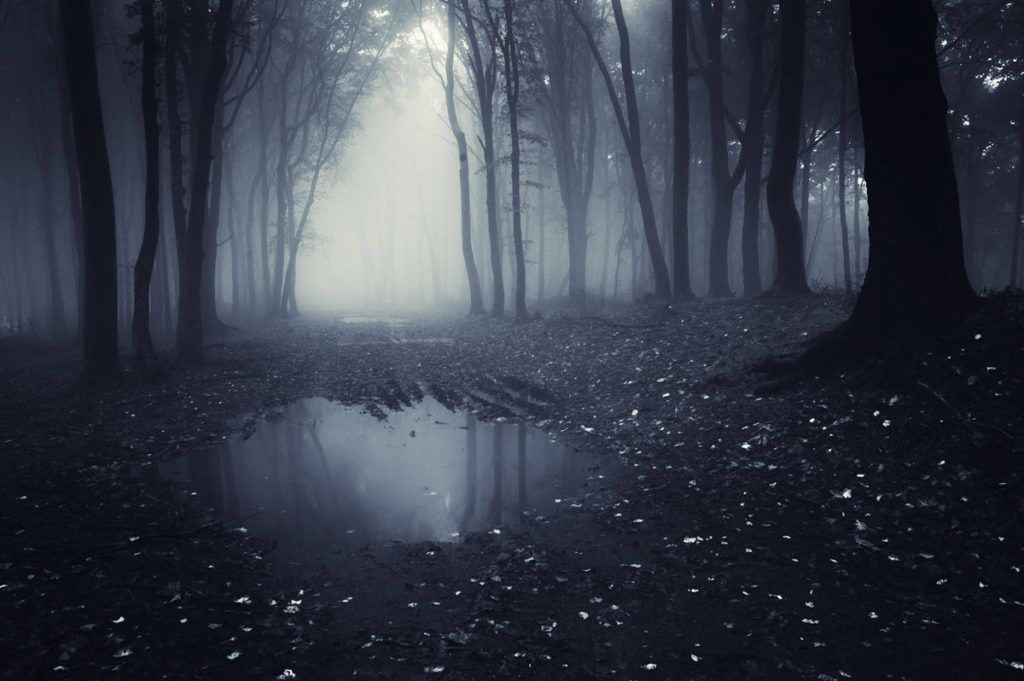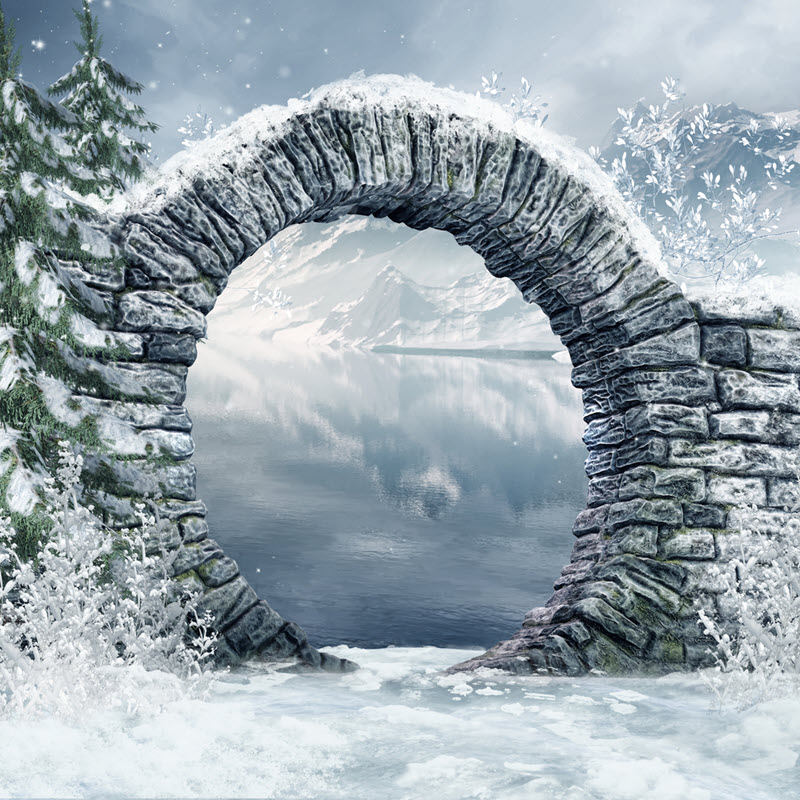This is my revised ‘circle of spores druid’ I revised this subclass because it is lacking in power and usefulness compared to the moon druid and the necromancer it lacks the raw damage and health of the moon druid and the versatility of all the different animals you can turn into this new version is good at tanking and preventing damage from hitting the party
Circle spells 2level
chill touch, booming blade (does necrotic damage)
3level stinking cloud, blindness/deftness
5 level animate dead, gaseous form
7level blight, confusion
9level cloudkill, contagion
Level2 Halo of spores
as a reaction you can activate invisible necrotic spores around you. When a enemy that goes within 10 feet of you of starts its turn with in 10 feet of you use your reaction to deal 1d6 necrotic damage to the target and you can spent a spell slot to make the target poisoned for a number of rounds equal to the level of the spell slot and while poisoned they take dame of the halo of spores damage = to level of the spell slot. at 6 level this increases to 1d8 at 10th 1d10 and 14th 1d12
Level 2 Symbiotic enhancement
as an action you can use a use of your wild to transform in to fugal infested form and gain the following benefits;
For the duration your type is plant and fey instead of humanoid
You gain 5 temporary hit points for each level you have in this class
You deal extra halo of spores damage = to your wisdom
Your unarmed strikes deal 1d8 and are magical, can use wisdom instead of strength and acts as a weapon for purposes of booming blade.
Your melee weapon attacks and unarmed strikes deal an extra 1d6 necrotic damage and must make a saving throw against your spell save dc or be paralysed for 1 minute it can make anther on the start of each turn and at the start of the effect you can chose to give this effect to an ally within 30 feet
This last for 10 minutes or if you lose all temporary hit points or you use your wild shape again.
Fugal infestation
when a medium or small beast or humanoid dies within 10 ft of you in your spreading spores or 5 ft zombie under your control as a reaction to reanimate them as a zombie (in the monster manual) with hit points = to your level and stay for 1 hour. If a humanoid or beast die of your halo of spores damage, by your zombie or spreading spores it can instantly rise as a zombie no extra reaction required. The only action it can take is the attack action or the restrain action. Each zombie created by fungal infestation or by spells has an aura spores target that starts it enters a monster space within 5 feet of the zombie you chose whether it must make a dc 13 constitution saving throw or take 1d4 necrotic damage (can’t expend spell slot for zombies and counts as halo of spores for the purpose of razing the dead and for symbiotic encasement). The number of zombies you can reanimate using this ability is equal to your wisdom (minim of 1). The zombie that you reanimate with this ability of your zombie are vulnerable to fire damage and slashing.
Spreading spores
At 10th level, you gain the ability to seed an area with deadly spores. As a bonus action while your Symbiotic Entity feature is active, you can hurl spores up to 30 feet away, where they swirl in a lightly obscured 10-foot cube for 1 minute. The spores disappear early if you use this feature again, if you dismiss them as a bonus action, or if your Symbiotic Entity feature is no longer active. Your zombie do not take damage from this affect
Whenever a creature moves into the cube or starts its turn there, that creature takes your Halo of Spores damage. A creature can take this damage no more than once per turn. Dance macabre and raise dead, are all added to your prepared spells and count as druid spells you can cast these once a day with out expending a spell slot.
While the cube of spores persists, you can’t use your Halo of Spores reaction.
Fungal body
At 14th level, the fungus in your body alters you. You can’t be blinded, deafened, frightened, or poisoned, and any critical hit against you counts as a normal hit instead, unless you are incapacitated.
This make the spores druid more viable compered to the moon druid and is a decant necromancer. And has spell that manipulate fugus and spores and try and make an equivalent to the moon druid, wild fire and stars. It has pros and cons like the undead minions are vulnerable to common damage types. But still deal damage and can protect your self and allies. And can area control with spreading spores and your added spells



